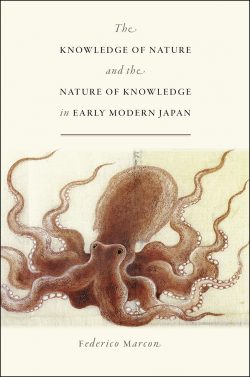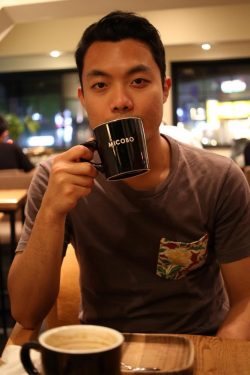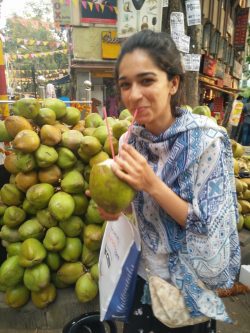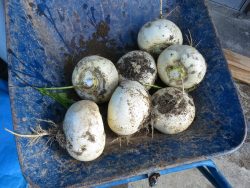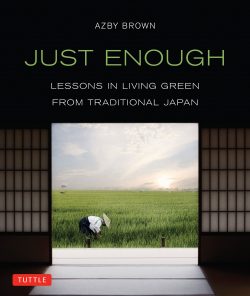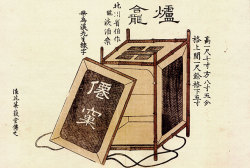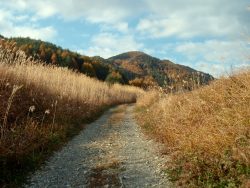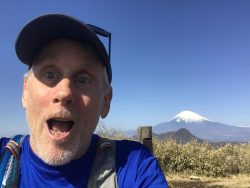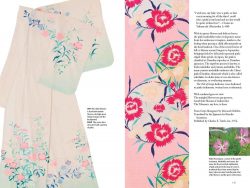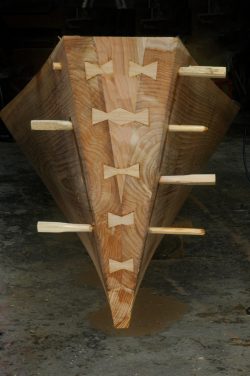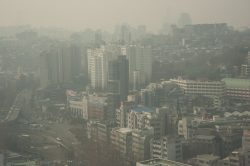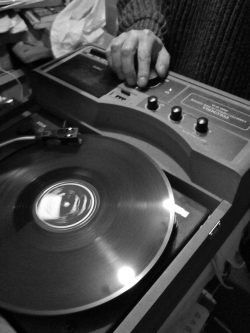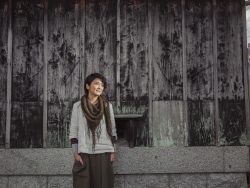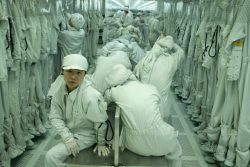Posts Tagged ‘east asian culture’
KJ Winter 2018 Reads: Titles from Tuttle
As part of their 70th-year anniversary celebrations, KJ has teamed up with Tuttle Publishing, the Asia specialist, for this four-part series.
Read MoreKnowing Nature
The pre-modern Japanese were not, of course, innocent of environmental exploitation—they razed many mountainsides and turned many fields after reciting the requisite prayers—but they understood their relationship to the environment in a radically different way than modern Japanese do.
Read MoreMeet the KJ Team: Minechika Endo
Lisa Nilsson continues our series of interview with our super volunteers. She speaks to KJ photographer, Minechika Endo.
Read MoreHonyarado: Losing Kyoto’s Counter-Culture Hub
Opening in 1972, Honyarado became a hub and stronghold of anti-war activities and a symbol of youth counterculture. We campaigned for the release of political prisoners in South Vietnam and South Korea, and supported court cases against obscenity charges.
Read MoreMeet the KJ Team: Maithilee Jadeja
Lisa Nilsson speaks to some of our volunteers based in Kyoto. First up is Maithilee Jadeja.
Read MoreNoguchi Isao on Heirloom Seeds
“Since ancient times, farmers would carefully select seed from vegetables that grew well and tasted wonderful, in addition to other characteristics including shape and color. By saving such seed season after season, these native seeds became trusted as stable varieties over centuries.”
Read MoreKJ Summer 2018 Reads: Titles from Tuttle
As part of their 70th-year anniversary celebrations, KJ has teamed up with Tuttle Publishing, the Asia specialist, for this four-part series.
Read MoreBaisao, The Old Tea Seller: Life and Zen Poetry in 18th-century Kyoto
“I’ve got the whole universe in this tea caddy of mine.”
Read MoreInto the Hills
Up into the Northern Hills,
up the slender, winding road
to the last bus stop; get out, walk
the narrowing valley to the end,
climb steep stone stairs.
Pause there for a cup of tea.
Mio Heki: Kintsugi Artist and Urushi Master
“I see urushi as a way to connect ourselves and our culture with nature in so many ways. Because urushi and kintsugi art is all natural, it is a good way to remind ourselves that we are all part of nature, being pieces of our universe.”
Read MoreInterview with David Cozy, KJ Reviews Editor
“What I am most proud of as an editor is that I have expanded the stable of writers who review for us, both bringing in talented people new to KJ, and also enticing those who’d done other kinds of writing for KJ over to the reviews section.”
Read MoreKimono Design: An Introduction?
This is an extremely beautiful book. Every page explodes with color and pattern: exquisite embroidery, wonderful hand painting, complex dyeing, evocative renditions of natural motifs. An astonishing variety is presented.
Read MoreAn Apprentice Boatbuilder in Japan
I returned to Japan expressly to interview one of the boatbuilders I met on that first trip. Mr. Koichi Fujii was the last builder of taraibune, or tub boats, and with the help of an interpreter I did my best to begin documenting what he knew.
Read MoreDistant and Far Apart
Watching painters work was something I’ve always been drawn to. How they licked their lips. How their eyes never seemed to blink. How they paced alone in cluttered rooms, stared at things as if defusing bombs, and every breath was a hiccup from boom…
Read MoreKoya Abe: Selling Vintage Records in Tokyo
Koya Abe spent most of the six-minute-long 2011 Tōhoku earthquake keeping his 78rpm records from falling off the shelves. The delicate collectibles are stored in open-mouth crates mounted on the wall of his Tokyo record shop.
Read MoreChikamichi: The Shortcut
Subsistence farming in the mountains is not usually conducive to amassing any great wealth. But then I looked again at the houses and fields, a whole village created from nothing more than wood, bamboo, stone, clay, vine, straw, grass, and the knowledge of how to use them…
Read MoreMatsumoto Sachiko: Bringing Japanese Crafts to the World
Matsuyama Sachiko is the founder of monomo, a business linking Japanese craftspeople with an international audience and encouraging cultural inspiration.
Read MoreGiant Bonsai
“Cut it down. You’ll have a better view of the rhodies,” one neighbor suggested.
But why? I loved seeing the fir’s textured bark arcing across the backyard and then shooting up to the sky.
“This is the most beautiful tree I’ve ever seen, “ my mother said. “It’s a giant bonsai without wires.”
Read MoreLeft Behind: A Selection of Poems by Xu Lizhi
Xu Lizhi’s work is steeped in the vocabulary and experiences of the factories, a world in which he himself lived. The selection of poems presented here show his sense of desperation and acute observations of his internal psychology and the larger world.
Read MoreAmerican Bonsai: Life by a Thousand Cuts
My father-in-law was a flyer. A man of the air and sky. A man of dreams and bravery, of duty and responsibility. He was fiercely loyal to family and country even when they were not so loyal to him.
Read MoreKJ x Tea Life Audio
Tune in to TeaLife Audio, on everything Cha-no-yu!
Read More

